Power-off Stall: Recovery Steps Made Easy
Pilot Institute
NOVEMBER 2, 2024
The ACS states that recovery should be completed no lower than 1,500 ft AGL for single-engine aircraft and 3,000 ft AGL for multi-engine aircraft. Initiating a Power-off Stall Now, let’s dive into the stall: Reduce Power Simulate Approach Descent Watch for Stall Warnings 1. Once it’s clear, you’re good to go.



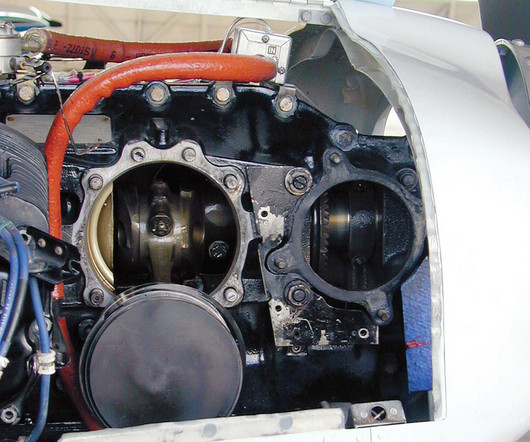

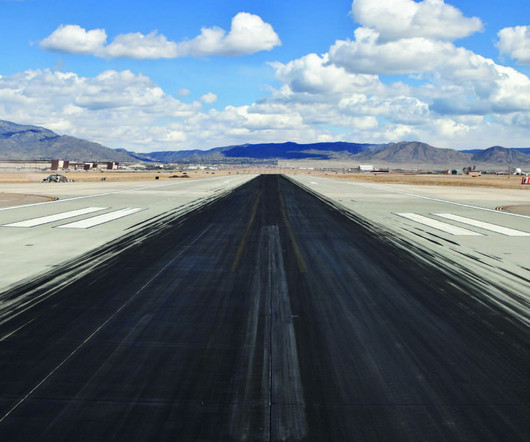

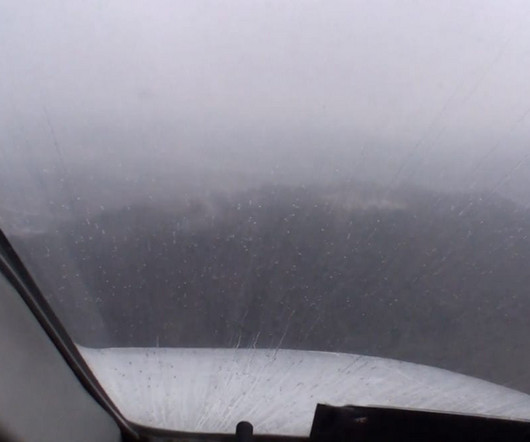
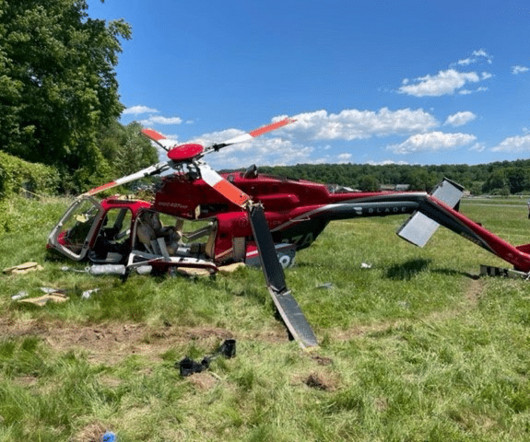
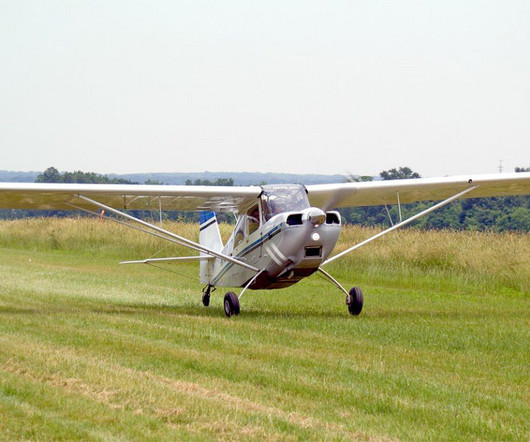











Let's personalize your content